NBA floor cleaner's salary: How much does an NBA floor cleaner make?
NBA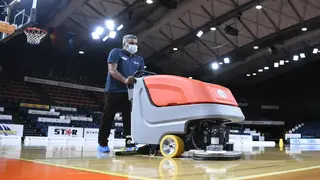
What does a small forward do in basketball? Small forwards are responsible for scoring points and defending, and often are secondary or tertiary rebounders behind the power on and centre. In professional basketball, some have considerable passing responsibilities, and many are prolific scorers. The styles with which they score vary widely.
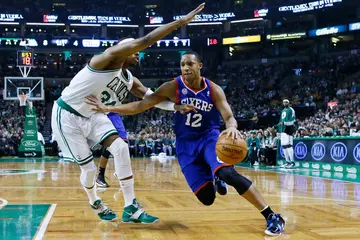
Out of the five basketball positions, the small forward position is perhaps the hardest to nail down. While point guards and centres have very defined roles, they must wear several hats on the court. They need to score, shoot, play lockdown defence, and hustle all at the same time. They are of various types, and they all specialize in different areas. Some are strong, some are fast, and some are dead-eye shooters.
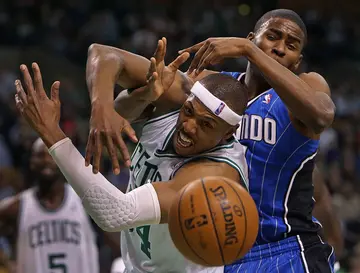
The role of a forward in basketball is to provide scoring and rebounding while also being able to handle the ball and make passes. They are usually taller and more muscular than guards but not as tall as centres, and are generally positioned on the court's perimeter, on the wings or the elbow.
NBA floor cleaner's salary: How much does an NBA floor cleaner make?
NBA
Forwards are expected to be good scorers, taking shots from the perimeter and attacking the basket, and are also likely to be good rebounders on the offensive and defensive glass. Additionally, they are often responsible for defending other teams' frontcourt players and helping in transition defence.
There are two types of forwards in basketball: small and power forward. The first ones are typically more agile and quicker than the latter and are expected to contribute more to the team's scoring and passing efforts. Power ones generally are taller and more muscular than small ones and are expected to contribute more to the team's rebounding and interior defence efforts.
In summary, their role in basketball is to be a primary scoring option, rebounder, and defender while also being able to handle the ball and make passes. They must be versatile and able to play inside and outside, depending on the situation.
Rules of American football: Understanding the rules and requirements of NFL
NFL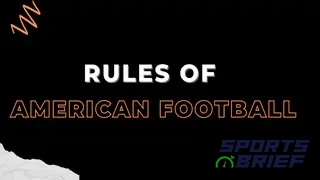
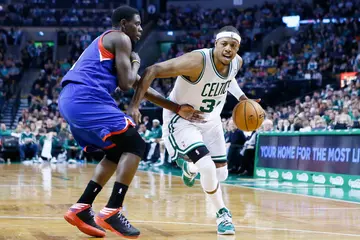
The meaning of "small forward" is a player who typically plays between the shooting guard and power forward positions. These players generally have a combination of size, speed, and ball-handling skills that allow them to play inside and outside on the court.
They are usually taller than guards but shorter than centres. They are typically expected to contribute to the team's scoring and rebounding efforts while also being able to handle the ball, make passes and defend. They are also known as "wing" players because they play on the perimeter of the court, on the wings.
Their role in basketball is typically to play a versatile role on the court, often serving as a primary scorer and rebounder while also being able to handle the ball and make passes. They are usually taller and more agile than guards but not as tall as centres.
Ranking the 10 most famous footballers who party too much
Football
Typically, they can play inside and outside, depending on the situation. They can often be used for scoring and rebounding and can also be used as a primary playmaker when the point guard is not in the game.
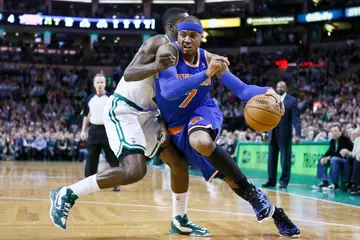
Their position immediately evokes images of goals. This area is also referred to as the "wing" because it is located beyond the 3-point line and provides players with additional options for driving to the basket.
When receiving the ball, they must be able to pose a threat from a variety of positions. Pros can drop the ball and attack the basket, whip it to a teammate who needs a quick pass, or immediately launch themselves into the air for a three-pointer.
Their ability to consistently apply that kind of pressure to the defence keeps their opponents guessing. The rest of their team benefits from this as well. They create space for their teammates to get shots off by keeping defenders on their toes.
Who is the shortest person to ever dunk in the NBA? List of shortest players to ever dunk in the NBA
NBA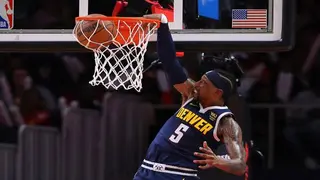
You need all the skills of a power forward to succeed at small forward, including the ability to run the court for long stretches, shoot effectively, dribble with finesse, and grab a fair share of boards. The best small forwards can play the game well despite not having a colossal statue.
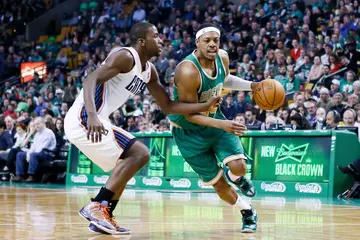
Small forwards need to score goals and be excellent defenders. Other small forwards are just as athletic and flexible as they are, which means they must be able to contain an offensive threat just as effectively as they can create one.
Small forwards are often matched against smaller and more prominent players to add variety to the game, making for exciting matchups. Protecting anyone requires flexibility and agility.
There is a wide range of candidates for the role. This means that one night they could be up against a short opponent, and the next, they could be tasked with stopping a tall, long-range shooter. This ensures they are always on their toes and compels them to become formidable athletes.
Which are the most popular sports for girls? An informative list
Other Sports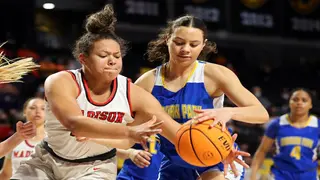
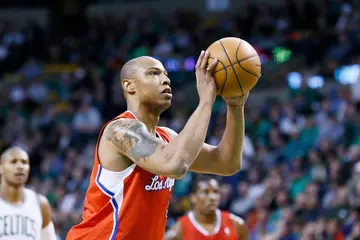
Over the past few seasons, small forward positions have become increasingly important, and this trend is expected to continue. Extremely effective scorers are in high demand because of the league's emphasis on point production.
Most of them score at such a high rate that they can be mistaken for shooting guards. Some players indeed specialize in defence, while others have a wide variety of post-up moves, but they all share a common goal: scoring baskets.
Their role is highly contextual, depending on the player's strengths and the team's needs. They might seek a serious deterrent if their offence is designed to stretch the field. You will want a ball handler who can dribble and pass if they like to press the action.
They play an additional hybrid role in the block for offence or defence. As a result, the team can run a more versatile set in which players can freely switch positions, and the Midrange can spot up and shoot.
Which are some of the most common injuries in basketball?
NBA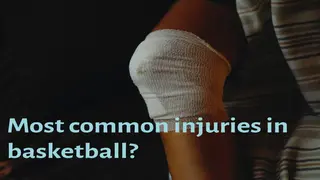
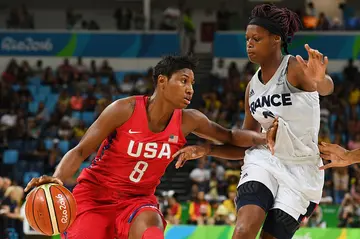
As the preceding paragraphs show, flexibility is another term usually used to describe tiny forwards. Due to the increasing demands placed on them, the position has become more powerful and efficient.
Their position used to be much more elegant and delicate, but today's versions are much stronger and more physically capable. They combine speed and strength like no other NBA position, standing at 6'4 to 6'9 and weighing over 200 pounds.
Some groups go well above the norm in this regard. With their good passing skills, they can play the guard position. Being able to spin (and score) more rapidly because of a forward who can pass efficiently is unusual.
To sum up, a tiny forward has the most range of any player. They are multitasking powerhouses, usually around the same size as the rest of the field. Last but not least, they should be able to quickly complete the duties associated with their position.
Basketball positions explained: Key positions in basketball and their roles
NBA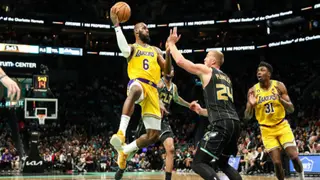
Because of their intermediate size, tiny forwards are frequently referred to as the "number three" position. They are similar to a shooting guard in that they both handle the ball and create shots, but they play very differently. While a shooting guard often operates outside the paint, a small forward may occasionally be asked to post up or defend the posts.
The team's small forward is responsible for both offence and defence. Those unfamiliar with basketball might have been wondering, "what does a small forward do in basketball?" As we've seen, small forwards do a lot on the court and are typically the most adaptable players on a basketball team, making them a vital part of the team.
READ ALSO: Cristiano Ronaldo's family: All the facts on CR7’s wife, children, parents and siblings
Sportsbrief published an article on all facts about Cristiano Ronaldo's family, his wife, children, parents and siblings.
What is the easiest sport to play right now and why is it the easiest?
Other Sports
Since becoming successful in his football career, Cristiano Ronaldo's family has acquired support directly from the star in ways they could not have dreamed of while he was growing up. Find out more about Cristiano Ronaldo's family by clicking on the link above!